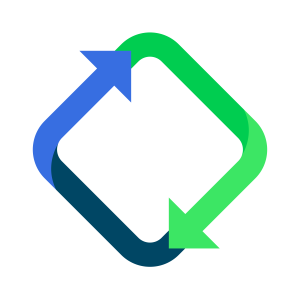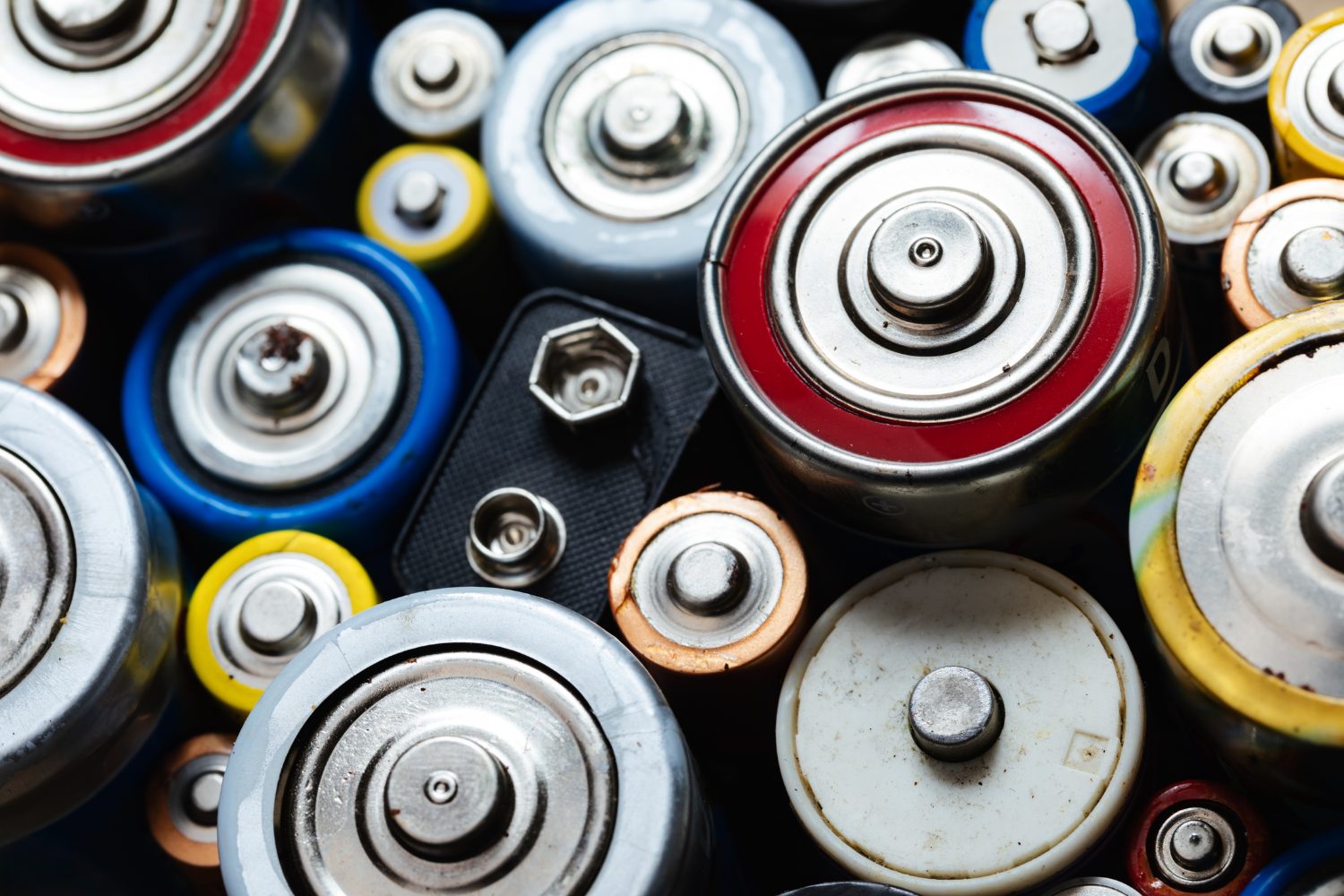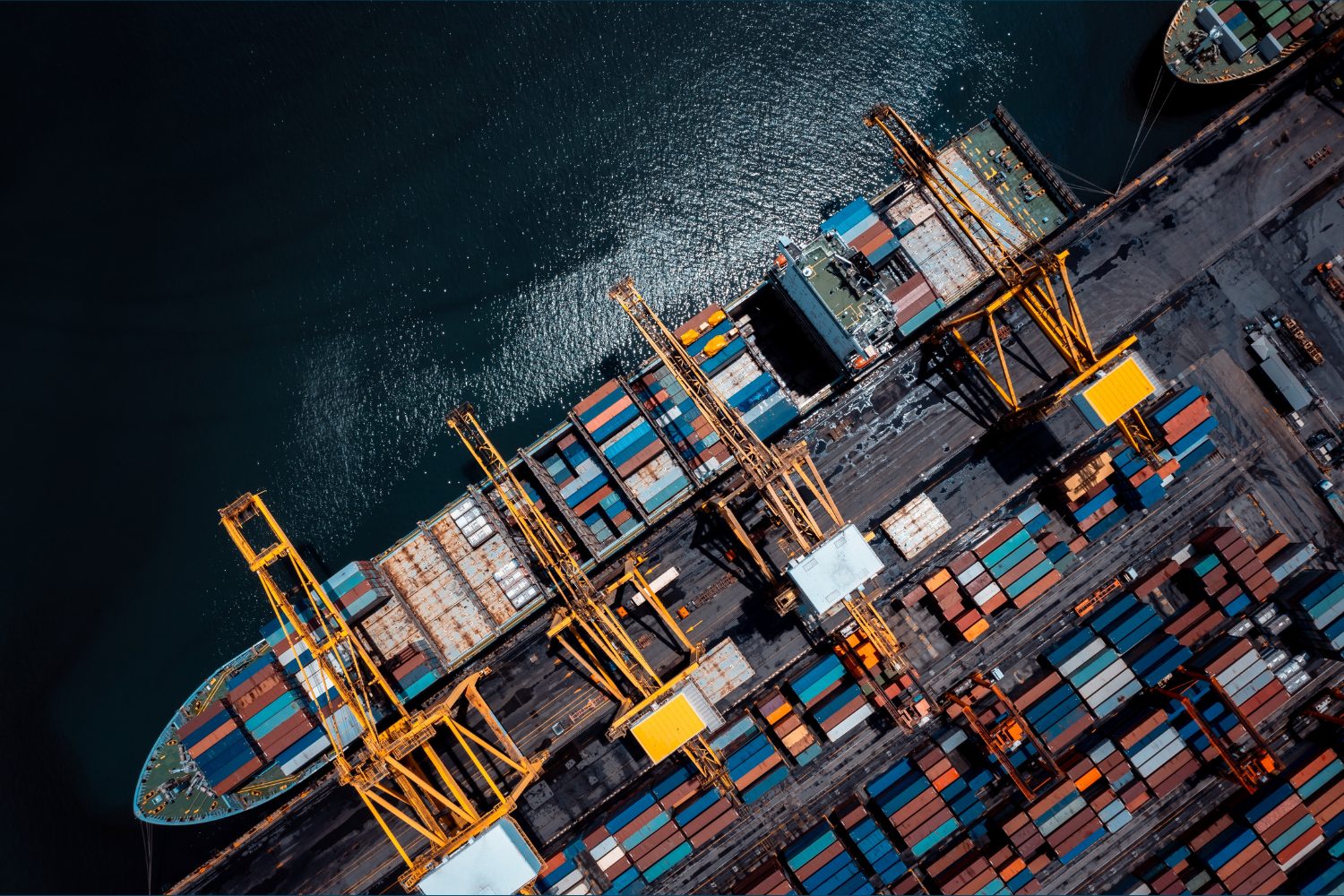FAQs: Why Now is the Time to Prepare for EU Textile EPR
What happens when you bring together textile EPR experts and open the floor to a curious, compliance-driven audience? You get a wave of insightful questions, and not nearly enough time to answer them all live!
That’s exactly what happened during our recent webinar, Why Now is the Time to Prepare for EU Textile EPR. As the first session in our three-part series on textile regulations, it sparked a lively discussion around what the upcoming rules mean for brands, retailers, and manufacturers across Europe.
You asked smart, detailed, and sometimes tricky questions, so we brought them back to our experts and answered them in full. From ecomodulation to unsold inventory rules, and everything in between, this Q&A covers the most pressing topics businesses like yours are asking about. Dive into the questions below to get clarity, guidance, and real-world context for what’s coming next.
Questions About Textile EPR in the EU
Yes, there are both similarities and significant differences. The EU aims to create more consistency across all 27 member states through the Waste Framework Directive. However, because this is a directive, not a regulation, each country still has the freedom to develop its own specific legislation. That means they can define for themselves who is considered an obligated producer, which products are considered in scope, and how ecomodulation will impact the fees. While there will be some areas of alignment, we should also expect notable differences in how each member state interprets and enforces the rules.
Right now, we have a good sense of the data and reporting requirements for the countries that have already implemented EPR, namely, France, Latvia, Hungary, and the Netherlands. While there are many similarities, the differences are key. For example, France requires reporting by unit (like number of items), whereas Latvia and the Netherlands require reporting by weight, in kilograms. So, understanding how to translate between units and weight will be crucial moving forward.
Each country’s implementation brings its own set of data requirements. In France, for instance, the reporting is particularly complex. Producers must provide detailed, product-specific information that can vary based on factors like gender and garment type. For example, reporting a men’s shirt involves different criteria than reporting a women’s dress. That level of detail isn’t something many producers are currently tracking, so updating internal systems to capture this data is one of the most common challenges we see.
Another major roadblock is data fragmentation. Many producers already have the necessary data, but it’s scattered across multiple systems and databases. EPR legislation often requires consolidating that information into a single, consistent format, something that takes time and technical effort.
Finally, there’s the issue of seasonality. The textile industry operate on seasonal cycles, which means producers are dealing with large, fluctuating data sets throughout the year. Managing and organizing that volume of data adds another layer of complexity to the compliance process.
At this stage, it’s still largely undefined. The proposed amendments to the EU’s Waste Framework Directive do confirm that ecomodulation will be mandatory, but the specific criteria have yet to be established.
Currently, France is the only country with a functioning ecomodulation model, so it is our best reference point. In France, fees are adjusted based on three main factors: a product’s durability (verified through ISO certification for each SKU), the use of recycled materials, and whether the product meets one or more of eight designated environmental certifications.
While there’s still a lot of uncertainty, the EU could push for greater harmonization in this area, even if full alignment doesn’t happen across all aspects of EPR, such as obligated producer definitions or reporting formats. The big question is whether the EU will adopt a system similar to France’s across all member states or take a different approach altogether. Either way, brands should prepare for more structured incentives around sustainable product design.
This refers specifically to turnover in France. For this requirement, only revenue generated within the French market is taken into account.
EPR (Extended Producer Responsibility) and ESPR (Ecodesign for Sustainable Products Regulation) are two key pieces of EU legislation that work together, but focus on different stages of a product’s life cycle.
EPR applies at the end of a product’s life. It covers areas such as packaging, WEEE (waste electrical and electronic equipment), batteries, and textiles, and it ensures that producers take responsibility for proper collection, recycling, or disposal.
ESPR, on the other hand, starts at the beginning. It focuses on designing and producing products, promoting sustainability from the outset. It introduces tools like Digital Product Passports and requirements around eco-design and green procurement. The goal is to track a product’s entire journey—from sourcing materials and manufacturing to how it’s ultimately used by consumers—ensuring sustainability is built in every step of the way. Together, ESPR and EPR create a more holistic approach to sustainability across the product life cycle.
Absolutely. Even in countries where we don’t operate a Producer Responsibility Organization (PRO), we provide a range of services to support compliance. This includes data management, helping you format and report your data to meet local requirements, as well as registration support and guidance on legal obligations. We also offer financial services, such as consolidating payments across different schemes. If you have a specific area where you need help, feel free to reach out. We can tailor our support to your needs.
We expect that conversation to accelerate once the amendments to the Waste Framework Directive are officially adopted, which is currently anticipated for October of this year. From that point, each EU member state will begin drafting and implementing its own national legislation, and we’ll start to see how harmonized—or fragmented—the approaches will be in practice.
Right now, Italy appears to be the frontrunner. Their public consultation on the draft legislation has closed, and we anticipate their national EPR scheme could launch around the same time as the broader EU mandate. Spain is likely to follow shortly after. Beyond that, it’s harder to predict, but we’re closely monitoring developments in countries like Germany, Austria, Romania, and the UK. These nations already have PROs in place for packaging, electronics, and batteries, so their Environmental Ministries are well-positioned to move forward with textile EPR. We’re watching this space closely.
This ties directly into the ESPR legislation and the proposed ban on the destruction of unsold goods, which is currently open for public feedback. We strongly encourage any business interested in exemptions—particularly related to unsold inventory—to visit the European Commission’s website, review existing feedback, and submit their input. (Feel free to reach out to us—we can share the link directly.)
Ultimately, the goal is to extend the life of unsold products. That means prioritizing repair and reuse whenever possible. Faulty or damaged items should be repaired, and past-season stock can be resold, either via the brand’s own resale channels or through third-party platforms. Destruction should only occur if it falls within defined exemption criteria, which are still being finalized.
Yes, we do expect variations. We’re already seeing differences across member states in terms of fees, reporting scope, and requirements, and reporting deadlines will likely follow suit. Some countries may require annual reporting, while others might mandate quarterly submissions.
That said, the EU is working to harmonize the overall structure and format of reporting. So, while countries may add local requirements, the foundational reporting template should remain consistent once finalized.
Currently, France is the only country that doesn’t require an authorized representative (AR) for foreign distance sellers. In contrast, countries like Latvia, the Netherlands, and Hungary do require one, and upcoming legislation in Spain and Italy also mandates ARs.
The role of an AR is to act as a local expert who represents a foreign business in regulatory matters. This is particularly important for sellers who don’t have a physical presence in the market. We expect France may move toward this structure in the future, in line with other EU member states.
EPR fees are intended to fund the development of a more robust end-of-life infrastructure for textiles. While some brands and retailers already offer voluntary take-back services, the goal is to scale these programs through structured, fee-funded systems, like the one currently managed by Refashion in France.
In France, part of the EPR fees collected are already being used to subsidize repair initiatives. But how much funding is needed, and how fees will be structured, depends on how scalable the infrastructure becomes, both nationally and at the EU level.
Currently, post-consumer textiles are sorted at facilities across Europe and abroad. Advanced technologies like automated fiber sorting can already identify material compositions (e.g., cotton, polyester, blends), but human expertise is still crucial. Sorting isn’t just about materials—it’s about assessing seasonality, style, trend relevance, and garment type (e.g., basics, tops, trousers). While technology will continue to evolve, it’s important to recognize that sorting also creates meaningful jobs.
Once sorted, textiles may be directed to reuse (e.g., via charities or resale markets), exported for reuse, or recycled. There are three recycling methods:
- Mechanical recycling, which is the most common
- Thermal recycling
- Chemical recycling, which, along with thermal, requires greater investment to scale, but holds promise for processing complex blended fabrics.
Ultimately, the way EPR fees are distributed and whether at the EU or national level, will determine how take-back, repair, and resale initiatives are funded. These programs will be central to infrastructure improvement and unlocking potential ESPR fee reductions tied to sustainable product design and extended product life cycles.
At this stage, we don’t expect dramatic changes to national EPR systems. The draft amendment to the Waste Framework Directive has already been published, and most of its language is intentionally broad. Because the directive doesn’t mandate highly specific requirements, most member states won’t need to overhaul their existing frameworks.
That said, changes could occur if the EU introduces stricter targets. For example, around collection or recycling rates. In that case, countries may need to adjust their legislation to meet the new benchmarks. But unless and until that happens, we expect most countries to maintain their current EPR structures with only minimal adjustments.
Yes. Under the ‘no minimum threshold’ rule, any business selling directly to consumers (B2C) is considered obligated, regardless of how many units are sold or the business’s total turnover. Even if you sell just one item, you’re in scope and must comply with EPR requirements.
This applies to both physical retail (brick-and-mortar) and e‑commerce sales. That includes selling through your own branded website or a third-party platform. In the case of multi-brand platforms, the responsibility for compliance may shift to the platform itself, but that depends on the platform’s policy and agreement with the seller. It’s essential to clarify this with any platform you use to ensure proper market compliance.
Yes. While ESPR focuses on eco-design and sustainable product requirements, it’s part of a broader legislative landscape comprising around 16 regulations that collectively aim to improve sustainability in the textile sector.
These include regulations on deforestation, chemical usage, and corporate sustainability disclosures, such as the CSRD (Corporate Sustainability Reporting Directive) and CSDDD (Corporate Sustainability Due Diligence Directive). Together, they promote responsible sourcing, production transparency, and environmental accountability, all of which contribute to reducing overproduction and extending product lifecycles.
France is also leading with a new law that will directly link product environmental impacts to textile production volumes. This national initiative is currently moving through EU approval channels, and it may set a precedent for similar local regulations in other member states.
In France, the most developed example of ecomodulation in practice, brands can calculate potential savings by using Refashion’s online tools. The platform provides incentive pricing based on product weight and eco-design features. We’re happy to support you if you’re unsure how to navigate it.
That said, today’s financial incentives may be relatively modest, especially for brands operating across multiple markets. But this is expected to change. As more countries adopt ecomodulation principles, the business case for sustainable product design will strengthen, both in terms of regulatory alignment and long-term cost efficiency.
Investing in durability, recycled content, and certified sustainability features now will not only help reduce fees in some conutries but also prepare brands for broader fee differentiation as more nations follow France’s lead.
The following are questions that we ran out of time for during the live webinar:
An in-country AR is defined as a legal entity or individual established within a particular country who is formally appointed by a producer outside that country to take on the producer’s legal obligations under national regulations, typically for EPR. Key elements of an AR include:
- Must be physically and legally established in the country where the obligations are
- A written mandate or contract is required, assigning the AR responsibility on behalf of the foreign producer
- Once appointed, the AR is legally responsible for ensuring that all national obligations are met, as if they were the producer
No, DPPs are not required on all new products yet. Under the EU’s proposed Ecodesign for Sustainable Products Regulation (ESPR), DPPs will be phased in gradually and only apply to specific product groups designated by the European Commission. The first product groups expected to require DPPS include textiles, batteries, consumer electronics, furniture and construction products
- General EU product law does not require an QR in each country, one EU based AR is enough
- EPR depends on national rules and often requires an AR per country
The penalties for non-compliance are country-specific. In France, for example, an administrative fine of up to €7,500 per unit of product concerned may apply to producers for late submissions, failure to pay the financial contribution, or failure to submit the prevention and eco-design plan. Similarly, producers subject to EPR that are not registered in the National Producer Register, have given inaccurate information, or have not displayed their registration number in the relevant documentation, can face a fine of up to €30,000. Finally, any failure to comply with the labelling requirements may be subject to an administrative fine of up to €15,000.
Since textile EPR will be introduced as a directive, each Member State is responsible for staffing and preparing for enforcement. At present, we don’t have full visibility into how each country is progressing, but we do know that enforcement capacity varies significantly. Some countries with more established EPR systems are better positioned, while others are still building the necessary infrastructure. Enforcement for distant sellers remains a challenge. So while there is strong political intent and growing momentum, enforcement readiness across the EU is still evolving.
You can reach our Development Director, Aimee Campanella, directly; see details at the end of this page.
The costs associated with working with us depend on the specific product or service you’re interested in. Generally, one-time fees apply to consultancy and project-based work, while ongoing services come with recurring fees. We’re happy to provide a detailed breakdown based on your needs.
The Eco-design for Sustainable Products Regulation (ESPR) sets the framework for DPPs. It specifies mandatory information categories that must be included, though exact data points will vary by product group. At a high level, DPPs will need to contain:
- Producer identification & traceability (product type, model, unique product identifier, place of production, etc.)
- Sustainability & environmental info (material composition, carbon footprint, presence of critical raw materials, etc.)
- Circularity & lifecycle data (repair instructions, warranty, spare parts availability, end of life guidance, etc)
- Compliance & legal info (EPR, CE mark, proof of eco-design, etc)
The first product groups with required DPPs are expected to be textiles, batteries, and consumer electronics, starting from 2026–2027, depending on the final delegated acts under ESPR.
Still have questions or ready to take the next step?
Our team of textile EPR experts is here to help. Whether you’re navigating new reporting requirements, building your data processes, or looking to future-proof your sustainability strategy, we’ve got you covered.
This article is for informational purposes only and should not be regarded as legal counsel. Information is valid as of the time of publication and is subject to change. Always refer to primary sources for the most up-to-date information.









